Step-by-Step Guide: How to Build a Vegetable Garden Fence
- October 1, 2024
- 0 comment
Have you ever struggled to keep pests out of your vegetable garden? Whether it’s rabbits nibbling on your lettuce or deer trampling your tomatoes, building a fence is one of the most effective ways to protect your plants. But how do you go about constructing a fence that is both functional and easy to build? Fortunately, with some planning and the right materials, you can create a sturdy vegetable garden fence that keeps unwanted visitors out and ensures your plants thrive.

In this guide, we’ll walk through the steps to build a vegetable garden fence, explore key factors to consider, and provide tips on how to create a long-lasting and secure barrier for your garden.
Considerations Before Building Your Fence
Before you start building, it’s important to consider a few factors that will impact the effectiveness and durability of your vegetable garden fence.
1. Type of Animals You Want to Keep Out
Different animals require different fencing solutions. For example, deer need a tall fence (6 to 8 feet), while smaller animals like rabbits or groundhogs need fences with small openings, such as welded wire fencing.
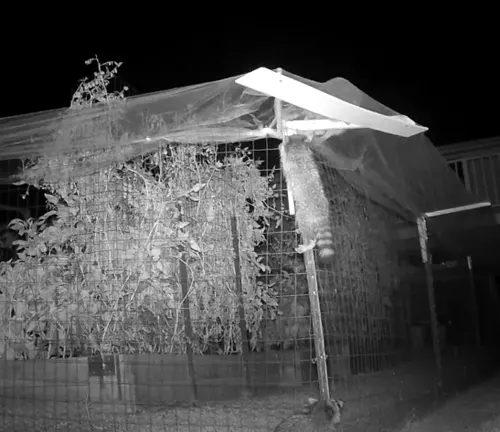
2. Fencing Materials
The type of material you use for your fence will affect its longevity and functionality. Common materials include:
- Wood: Great for aesthetic appeal but can rot over time.
- Welded Wire: Strong and effective for keeping small animals out, but might require frequent repairs.
- Vinyl or PVC: Durable and low-maintenance, but more expensive.
- Metal Mesh: Ideal for protecting against small animals, but rust can be an issue without proper treatment.
3. Height and Depth
The height of your fence depends on the type of animals you’re trying to keep out. For deer, your fence should be at least 6 to 8 feet tall. For rabbits and other burrowing animals, it’s important to bury a portion of the fence at least 6 inches into the ground to prevent them from digging underneath.
4. Location and Size of the Garden
Consider the size of your garden and its location when deciding on the type of fence you’ll need. If your garden is in an open area, you might need a taller, more secure fence. If it’s near your house or surrounded by other structures, a shorter, less obtrusive fence might work.
Step-by-Step Guide to Building Your Vegetable Garden Fence
Now that you’ve considered the important factors, here’s a step-by-step guide to building a functional and sturdy vegetable garden fence.
Step 1: Gather Your Materials
Before you begin, gather the necessary tools and materials. You’ll need:
- Fence posts (wood or metal)
- Welded wire or mesh fencing
- Post hole digger or auger
- Shovel
- Level
- Measuring tape
- Hammer or screw gun
- Wire cutters or saw
- Concrete (optional, for stabilizing posts)
Step 2: Mark the Fence Line
Use a string and stakes to mark the perimeter of your garden. This ensures that your fence is straight and aligns with the edges of your garden beds. Measure and mark where each fence post will go—typically spacing them 6 to 8 feet apart.
Step 3: Dig Post Holes
Using a post hole digger or auger, dig holes for your fence posts. For standard posts, dig at least 2 feet deep to ensure stability. If you’re dealing with animals that burrow, consider burying part of the fence as well.
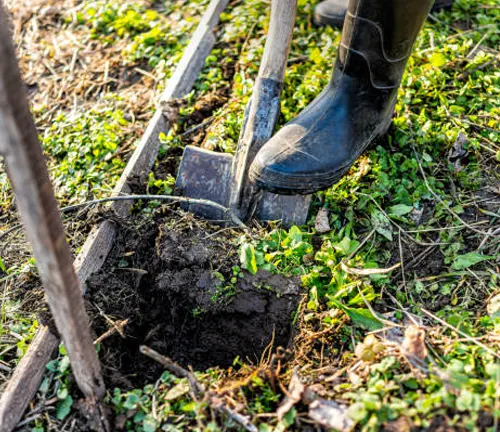
Tip: If you’re using wooden posts, add gravel at the bottom of each hole for drainage to prevent rot.
Step 4: Set the Posts
Place the posts in the holes and use a level to ensure they are straight. You can either pack the dirt around the posts tightly or use concrete to secure them for extra stability. Let the posts settle overnight if using concrete.
Step 5: Attach the Fencing Material
Once the posts are secure, roll out and trim the welded wire or mesh fencing to fit. Attach it to the posts with heavy-duty staples, wire, or screws, ensuring it’s taut and free of gaps.
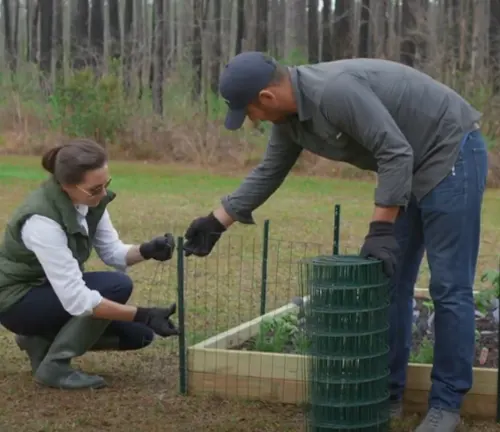
Tip: For extra security, bury a portion of the fencing to prevent animals from digging under it.
Step 6: Install a Gate
If you need access to the garden, install a gate at the most convenient location. You can buy pre-made gates or construct one using the same materials as your fence. Ensure the gate is properly secured and easy to open and close.
Conclusion
Building a vegetable garden fence is a practical way to protect your plants from pests and ensure a healthy harvest. By carefully selecting the right materials, considering the types of animals in your area, and following a clear construction plan, you can create a durable, effective fence for your garden.
Regular inspections and occasional maintenance will help your fence stand the test of time, allowing your garden to flourish year after year.
Frequently Asked Questions (FAQ’s)
- . Why do I need a fence around my vegetable garden?
A fence helps keep animals like rabbits, deer, and groundhogs from damaging your plants and crops. - How high should my vegetable garden fence be to keep out deer?
For deer, a fence should be at least 6 to 8 feet tall to prevent them from jumping over. - What materials are best for a vegetable garden fence?
Welded wire or mesh fencing is great for keeping out small animals, while wood or metal posts provide structural support. - Should I bury part of the fence to keep animals from digging underneath?
Yes, burying the fence at least 6 inches helps prevent burrowing animals like rabbits from digging under it. - How far apart should I space the fence posts?
Fence posts should be spaced 6 to 8 feet apart to ensure stability and proper support for the fence. - Can I build a garden fence myself or should I hire a professional?
Building a vegetable garden fence can be a DIY project if you have the necessary tools and materials. - What tools do I need to build a vegetable garden fence?
You’ll need basic tools like a post hole digger, shovel, hammer or screw gun, wire cutters, and a level. - How do I install a gate in my garden fence?
To install a gate, choose a convenient access point and use the same materials as the fence for consistency. Ensure it is properly secured. - What can I do to prevent my wooden fence posts from rotting?
Use treated wood and add gravel at the base of the posts to improve drainage and prevent rot. - How often should I inspect my garden fence for damage?
It’s best to inspect your fence after storms and at the start of each growing season to ensure it’s in good condition.

Charles Hayes
Forestry AuthorI'm Charles Hayes, I bring over 15 years of specialized expertise in landscaping and woodworking, blending artistic design with sustainable environmental stewardship. My career, fueled by a profound passion for the natural world, encompasses extensive education and hands-on experience in creating harmonious, eco-friendly outdoor spaces and responsibly managing forest resources. Recognized for my professional standing, I am committed to continuous learning and certification in cutting-edge practices. My expertise is not only reflected in my work but also in my contributions to community projects, educational workshops, and collaborations with industry leaders. As an authoritative voice in my field, I strive to share knowledge and promote environmentally conscious approaches, making me a trusted resource in landscaping and forestry.

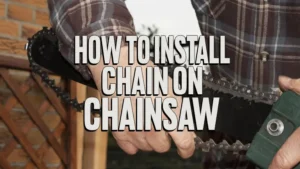

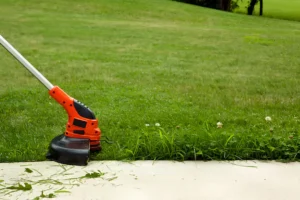
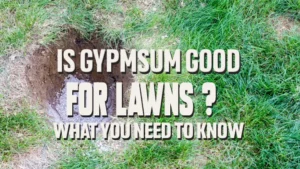
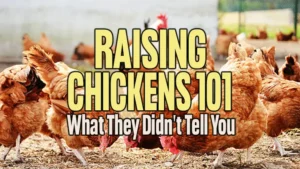
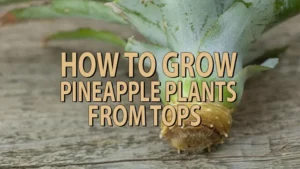

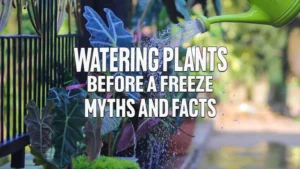
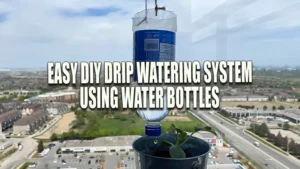
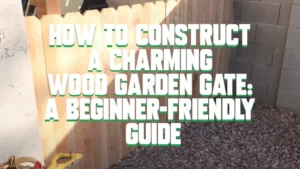


Leave your comment